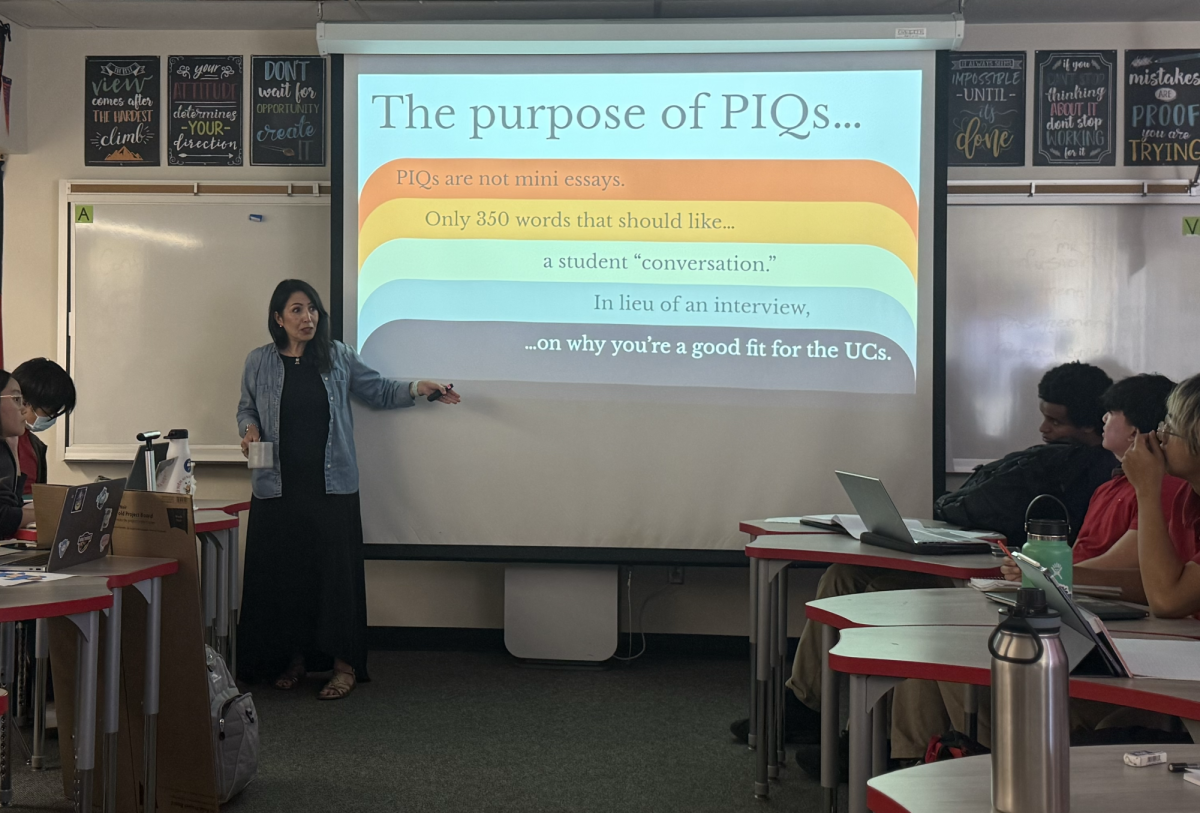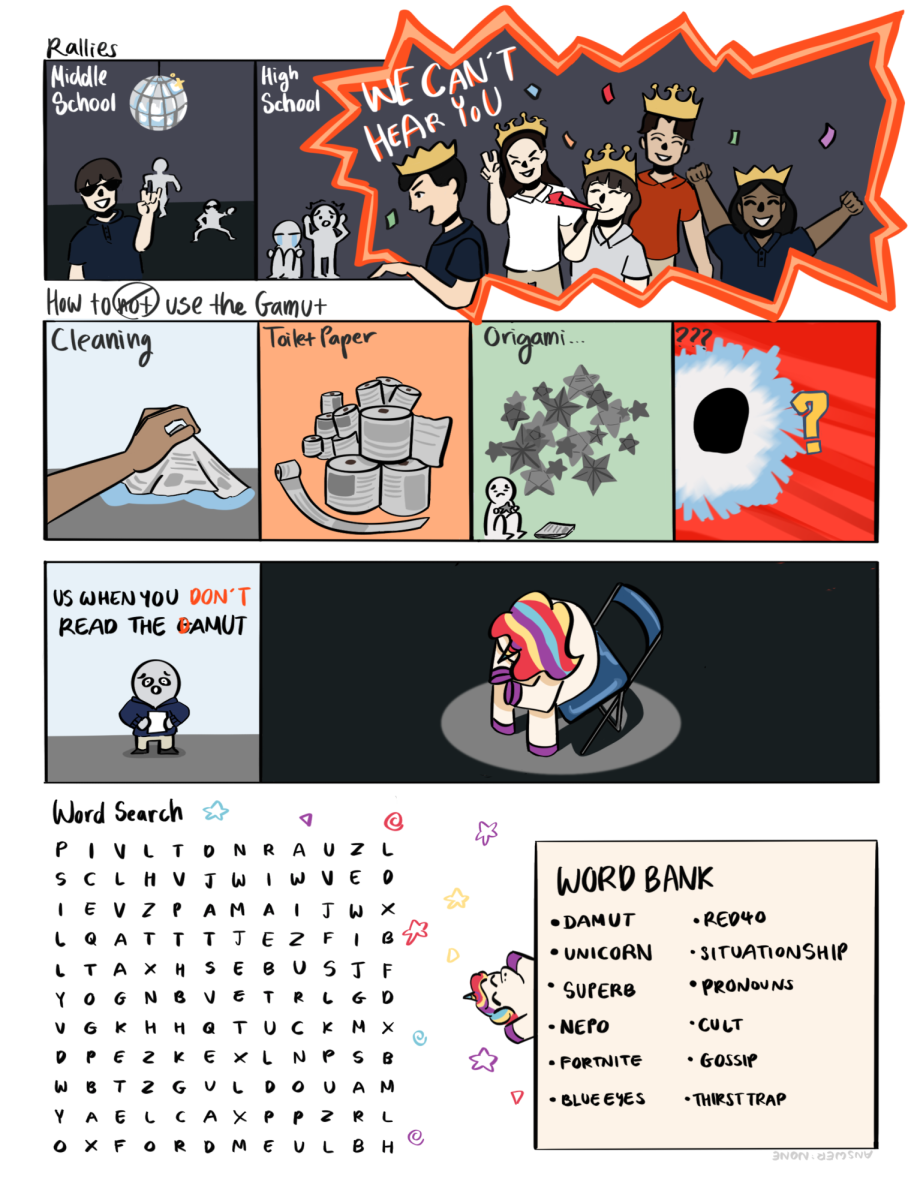On Native American Day in 2019, the California State University of Long Beach (CSULB) illegally dumped 6400 cubic yards of arsenic-laced soil, debris, and pesticides over the ceremonial grounds of Puvungna, a centuries-old sacred site belonging to the Gabrielino-Tongva and Acjachemen nations. The university waited for the absence of California tribal leaders, who were gathered in Sacramento to celebrate their heritage, to destroy a land they had attempted to seize since the 1990s. As demonstrated by such atrocities, the fight for Indigenous tribal nations and their sacred environments can no longer be buried behind broken promises — rather, institutions need to take accountability for destroying the physical, spiritual, and cultural significance tied to these lands.
The campus of CSULB sits on top of Puvungna, a place of spiritual significance for several Southern California tribal groups. Gentrification efforts from the city of Long Beach have reduced the once 500-acre village to just 22 acres of environmentally-damaged land. While a settlement was reached in September of 2021 to resolve litigation against the university, CSULB has yet to return stewardship of the site to the tribal groups, violating the original timeframe of the legal plan.
Such injustice isn’t new — California tribal nations, particularly the Acjachemen Nation, have faced blatant disrespect from U.S. institutions for many years. One such instance was in 2018, when corporation Southern California Edison (SCE) dumped over three million pounds of nuclear waste on the San Onofre State Beach, glaringly close to the Acjachemen territory. This act violated California Assembly Bill 52, as SCE didn’t consult local Native American tribes before conducting the development project. Such examples of institutional failures emphasize the lack of sovereignty awarded to Indigenous nations; federal protections often carry loopholes that companies exploit to degrade the political and legal status of Indigenous tribes.
Institutions need to take accountability for destroying the physical, spiritual, and cultural significance tied to Indigenous lands.
The problem lies not just in disrespect for Native sovereignty, but also in how these companies handle the consequences. Following the controversy with nuclear waste disposal, SCE had excluded tribal governments from its Community Engagement Panel (CEP) despite its commitment to “bringing together diverse stakeholders from the community,” as stated on its website. The Acjachemen tribe contacted the advisory board requesting to be appointed to the CEP; yet, despite chairman David Victor acknowledging the request, no change has been made to the CEP membership nearly six years later.
Even when Native communities are included in the decision-making process, land reclamation and recovery are still highly difficult to achieve. In the case of Puvungna, the 2021 settlement promised for the land to be handed over to an appropriate steward within two years. But when Friends of Puvungna — an Indigenous-led nonprofit created to protect and restore Puvungna — submitted a proposal for stewardship of the site, CSULB denied their request for no other reason besides “conflict of interest.” Their refusal to award stewardship to an Indigenous organization is yet another attempt to disregard Native sovereignty, evading accountability for a promise they should have fulfilled a year ago.
Without a proper steward to tend to its land, Puvungna risks further environmental damage to its already weakened state. Previous testing of the soil revealed high levels of arsenic, hazardous to surrounding communities. In 2023, CSULB attempted to remediate this issue through a “soil treatment plan,” created yet again without the consent of the tribal governments. Evidenced by the lack of a supplementary environmental impact report, the university neglected potential consequences on the plants, animals, and residents of the site. As argued by Friends of Puvungna, the treatment plan would make it even more difficult to restore the soil long-term, instead damaging the ecosystem further. It’s clear that Indigenous lands should be taken care of by Indigenous communities to whom they rightfully belong — not profit-driven institutions that have zero knowledge of the sacred practices necessary for proper environmental conservation.
CSULB has the opportunity to set a positive precedent for other institutions by taking complete accountability for their actions, which includes returning ownership of Puvungna back to the Gabrielino-Tongva and Acjachemen nations. A half-hearted apology on social media will achieve no part of the compensation legally indebted to these nations. Actions, ultimately, speak louder than words — a concept that must be drilled into these institutions in order to break the cycle.





























































